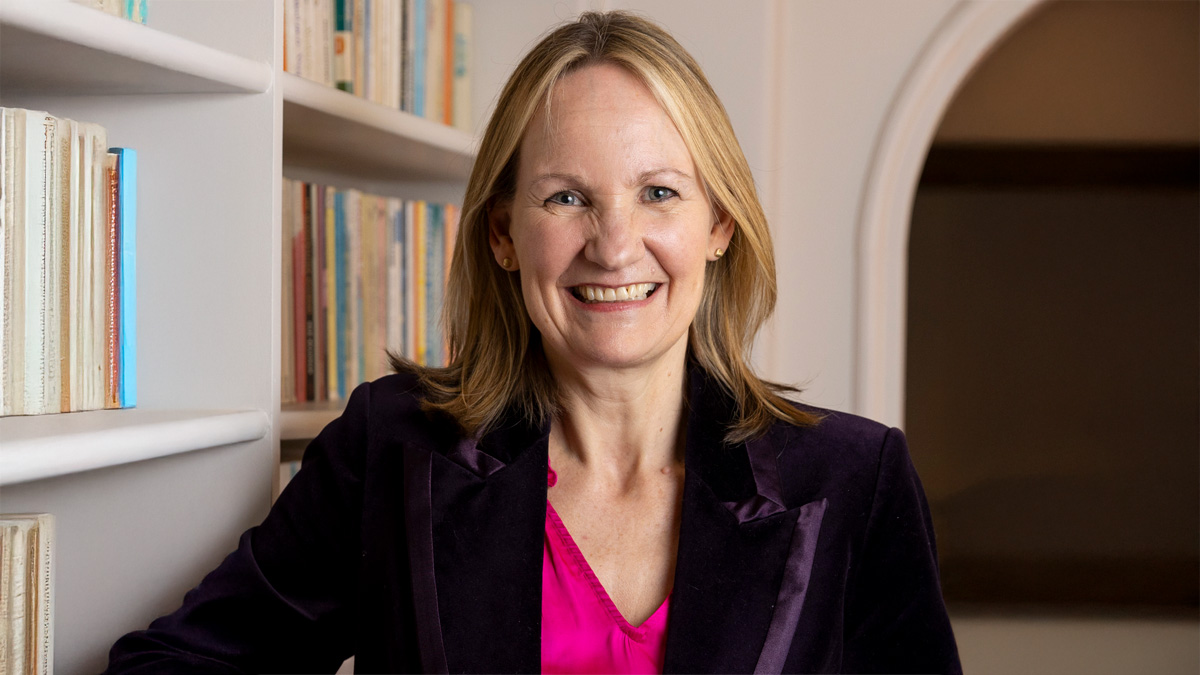When to hire a fractional leader (and how to get it right)
Unlock the power of fractional leadership – bringing seasoned C-suite expertise into your business without the full-time cost

Let’s play out a scenario. You’re running a rapidly scaling business. You’ve built it from the ground up but you start to realise that you’re at the centre of everything. You start to think maybe some things within the business are beyond your abilities. Your senior leadership team has been great, but the cracks are starting to show and there are functions within the company that are starting to hold you back.
Suddenly, an option opens up where you can get a chief financial officer or chief marketing officer with decades of experience in a large corporate within your sector to help you fix those issues. Not only do they bring a wealth of knowledge of tools, functions and systems, but they also come with a network of people within that same role that they can lean on to help take your business to the next level. And best of all, it won’t even break the bank. Welcome to the world of fractional leadership.
Sara Daw is a business owner, future of work expert, writer and pioneer in fractional leadership. A qualified chartered accountant with years of experience in the field, she did an MBA at London Business School after “realising there was more to life than spreadsheets”. She got married, started a family and got to a point where she didn’t know how to be a mother and have a fulfilling career.
Fractional leadership was yet to become part of our lexicon but an early iteration saw her take up a part-time financial director position. She had connected with Colin Mills who was in a similar stage in life but had set up the FD Centre to help people fill those roles. She joined Mills on his mission and recalls those days: “More and more CFOs gravitated towards us because more wanted to have freedom from corporate life, more variety, flexibility, control of their lives. And everywhere we went, there were entrepreneurs who needed this skillset.”
Today, Daw is group chief executive of the Liberti Group and the CFO Centre Group. It operates on five continents, in countries such as South Africa, Australia, the US, India and Germany. The group helps match C-suite leaders from finance, sales, marketing and HR with growing businesses.
How do I know if my business could benefit from fractional leadership?
Daw says that in her experience, most business owners who integrate fractional leadership into their business realise that something is missing. They often have a stable, loyal and committed employee base which is very good at implementing, managing and delivering the function but needs some strategic direction.
They need to be able to spot risks on the horizon that they haven’t thought of because they haven’t seen those things before and don’t have the experience to deal with the escalation of complex requirements of a scaling business. One of the starting points that Daw suggests is in finance because it provides a solid base.
“If you’re flying blind with your numbers, that isn’t a good place to be,” she says. “It always makes me smile just how remarkable entrepreneurs are because they do so well without finance for quite a long time. However, bringing in fractional finance can really turbocharge their growth.” Other roles can then be added in tandem as the business scales.
Another sign that your business could benefit from fractional leadership will be in your existing team. They may know the limits to their abilities and experience and having someone to train and mentor them can be invaluable. As a bonus, they make them look good.
“But also,” says Daw, “these leaders can act as a bit of a safety net around making sure the business is going in the right direction. When an organisation has an established business model and is not going to fall over with too many shocks, I think that is the point when they need to bring in fractional leadership. It obviously depends on the complexity and size of the business, but I believe that’s around about £2m in revenue.”
Daw has a stern word of warning for leaders considering implementing fractional leadership: stop thinking roles and think more about the work that needs to be done. One way to do this is to start with the end in mind – where do you want your business to get to? What will it look like in five years’ time? This focuses you on objectives that you would like to achieve instead of filling a job role with a to-do wish list.
Selecting the right fractional leader is more than just technical skills and competencies. It’s vital that they find a cultural match, says Daw. “Ultimately, to add full value, these leaders need to be there for the long term to go the full journey,” she says. “If you’re going to be spending a long time with these people, you need to get along with them.”
If the business leader doesn’t have specific key performance indicators that would indicate the effectiveness of the position, then objectives – whether short, medium or long-term – need to be established and agreed at the outset. These will allow the fractional leader to pin measurable KPIs onto them.
“That can be for them as an individual and their function,” says Daw, “along with the organisation as a whole. Once you’ve got the person in place, it’s all about communication. Monitoring the engagement, monitoring what we’re doing, defining success, having regular check-ins, checking what has been done and what hasn’t been done and sharing expectations.”
Each department that can bring in a fractional leader will have its own measurables but monitoring the cultural fit of the individual is also vital, says Daw. “I’m sure most entrepreneurs would do that subconsciously anyway, but make sure that the fractional leader is fully integrated in their team. Get feedback from the team and from the fractional leader about how it’s going, and adjust and correct course as you go. If that’s done correctly, I think business owners will find enormous value being delivered compared to the cost of having these people involved.”
What are the misconceptions around fractional leadership?
Daw is keen to end some myths that linger around the fractional leadership term. One is that fractional leaders don’t get invested in a business: “These individuals have chosen to opt out of the full-time permanent employment route and instead are actively and proactively choosing the organisations that they do want to work with. But also, if we’re not delivering, we’re not going to be there long. I would contend that we’re actually more invested than perhaps some employees who are just coasting along or are not totally satisfied with where they’re working but can’t really find a way out of it.”
Another common misconception is about the part-time nature of the role. Daw says that good fractional leaders provide a feeling that they are with the business all the time, even outside working hours. “We realise that issues don’t just pop up between nine and five on a Tuesday,” she says, “so we actually are fine taking calls and being available at weekends, on holidays, in the evenings, because we know that’s what’s needed to grow a business. We can do that if we build the right relationships and if we have committed and aligned people.”
How can you get a fractional leader involved in your business? There are numerous companies, such as Daw’s Liberti Group, that match businesses with experienced fractional leaders. Another benefit of going through an intermediary is that these leaders, outside of working with a portfolio of companies, can lean on others within their community. This allows entrepreneurs to “tap into the power of many”, as Daw calls it.
“No one is a specialist at everything,” she says. “They will be exposed to a variety of issues all the time, which will inform each client and give them the tools to improve all clients across their whole portfolio. But they will also be able to work with other leaders in their community. That means if they don’t know something, they’ll find someone who’s got that answer. The power of the network and the wider skill set from the collective is powerful. For certain SMEs, it can really turbocharge their growth.”
Sara Daw’s book Strategy and Leadership as Service: How the Access Economy Meets the C-Suite is available now.



